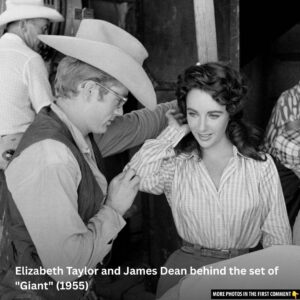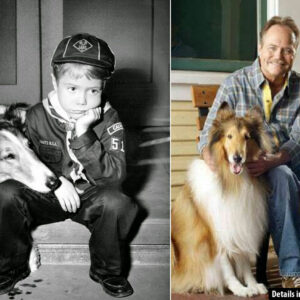Do you remember the actors who once graced our screens during the golden age of Hollywood, especially in classic Westerns? If their names ring a bell, chances are you’re part of a generation that grew up during TV’s early days. These legendary performers left a lasting impact, with roles that defined not just their careers but an entire era. In this article, we’ll take a nostalgic journey through the life and legacy of a beloved cowboy star you might recall, along with a few surprising facts you may not know.
Clint Walker: Iconic Star of the 1950s TV Western Cheyenne
Clint Walker, a name synonymous with classic Westerns, was one of the biggest stars of the 1950s and 1960s, particularly known for his role as Cheyenne Bodie in the popular TV series Cheyenne. Standing at 6 feet 6 inches, with rugged good looks and a deep voice, Walker’s commanding presence on screen made him a beloved figure in the Western genre. His influence, both on television and film, helped define the cowboy archetype during Hollywood’s golden era of Westerns.

Walker’s Early Life and Family Background
Born Norman Eugene Walker on May 30, 1927, in Hartford, Illinois, Clint Walker came from humble beginnings. His mother, Gladys Huldah Schwanda, was a Czech immigrant, and his father, Paul Arnold Walker, hailed from Arkansas. The Walkers, like many families during the Great Depression, struggled to make ends meet, and Clint, along with his twin sister Lucy, was raised with a strong work ethic.
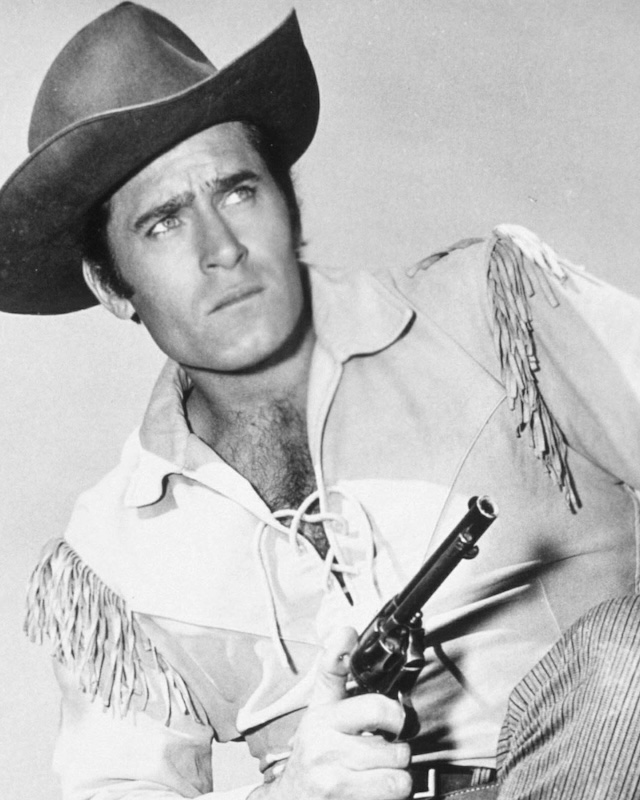
Walker left high school at the age of 16 to help support his family, taking on various jobs across the country. These jobs included stints as a Mississippi River boatman, a carnival roustabout, an oil field worker, and even as a nightclub bouncer. At 17, he joined the Merchant Marine during World War II, where his experiences in the armed services shaped his sense of discipline and resilience, qualities that would serve him well in Hollywood.
After the war, Walker moved west in search of better opportunities. His tall, muscular physique and striking looks caught the attention of Hollywood, and soon, his path to stardom began.

Rise to Fame with Cheyenne
Clint Walker’s breakthrough role came in 1955 when he was cast as Cheyenne Bodie in the Warner Bros. television series Cheyenne. It was a groundbreaking show in several ways. Cheyenne was the first hour-long television drama with regular characters to last more than one season. The show aired from 1955 until 1963 and became one of the most-watched TV shows of the time, solidifying Walker’s status as a leading actor in the Western genre.
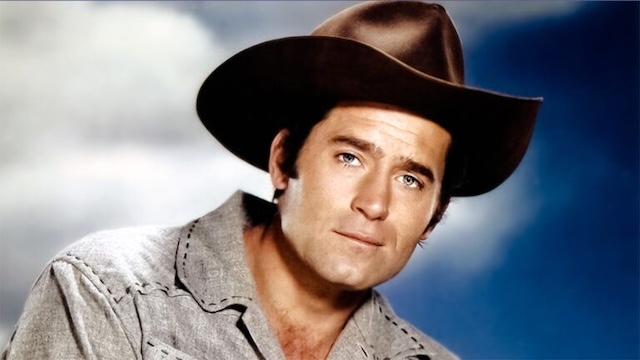
In Cheyenne, Walker portrayed a solitary cowboy drifter, Cheyenne Bodie, who roamed the American West in search of work, adventure, and justice. His character was not only physically imposing but also carried a deep sense of moral righteousness, always standing up for the underdog. This role resonated with audiences during the 1950s, an era when Westerns were incredibly popular on television.
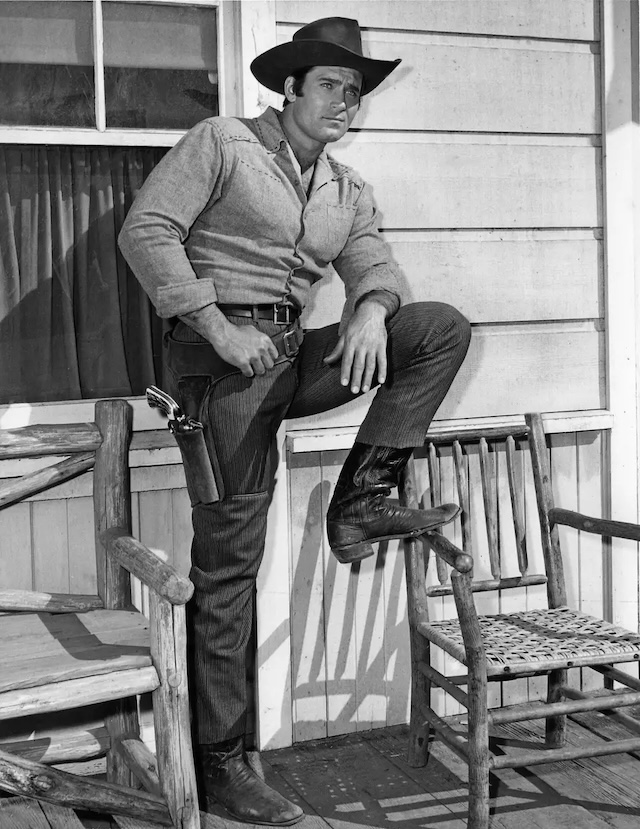
Walker’s imposing figure, combined with his reserved yet charismatic demeanor, made him a perfect fit for the role of a cowboy hero. His portrayal of Cheyenne Bodie was beloved by audiences, who admired his strength, integrity, and loyalty. Walker’s real-life background as a hard worker, combined with his natural talent, made his performance even more believable.
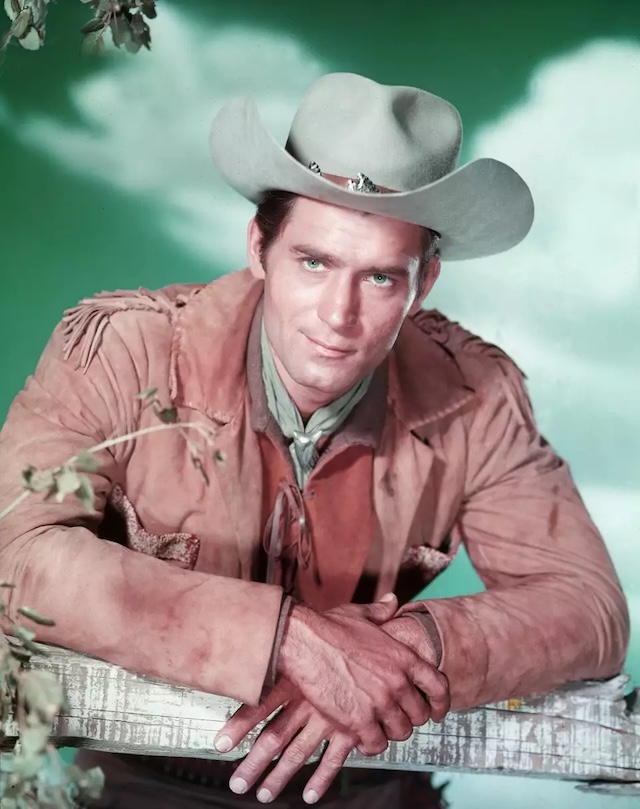
Contract Dispute and Temporary Departure from Cheyenne
As with many successful actors in Hollywood, Walker’s rise to fame came with its own challenges. In 1958, during the height of Cheyenne’s popularity, Walker found himself in a contract dispute with Warner Bros. over salary and compensation for recordings and personal appearances. Walker felt that he was being underpaid for the success of the show, and when Warner Bros. refused to meet his demands, he temporarily walked away from the series.
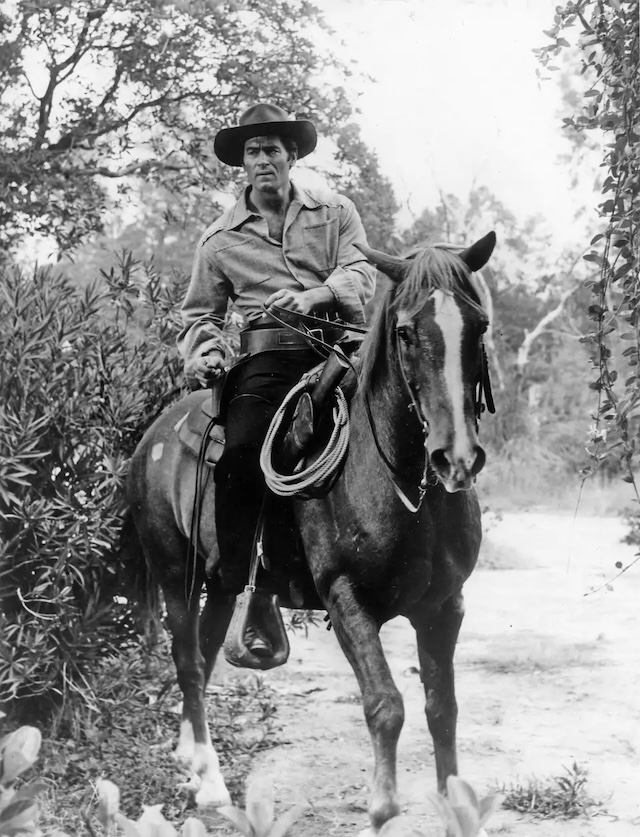
During his absence, Ty Hardin was brought in as a replacement to star in a new Western series titled Bronco, which was positioned as a spin-off to Cheyenne. Though Hardin was a capable actor, audiences missed Walker’s presence, and ratings for Cheyenne suffered during his absence. The dispute was eventually resolved, and Walker returned to the show in 1959. However, this episode highlighted the tension between studios and actors during the golden age of television, particularly as actors began to demand a fairer share of the profits they helped generate.
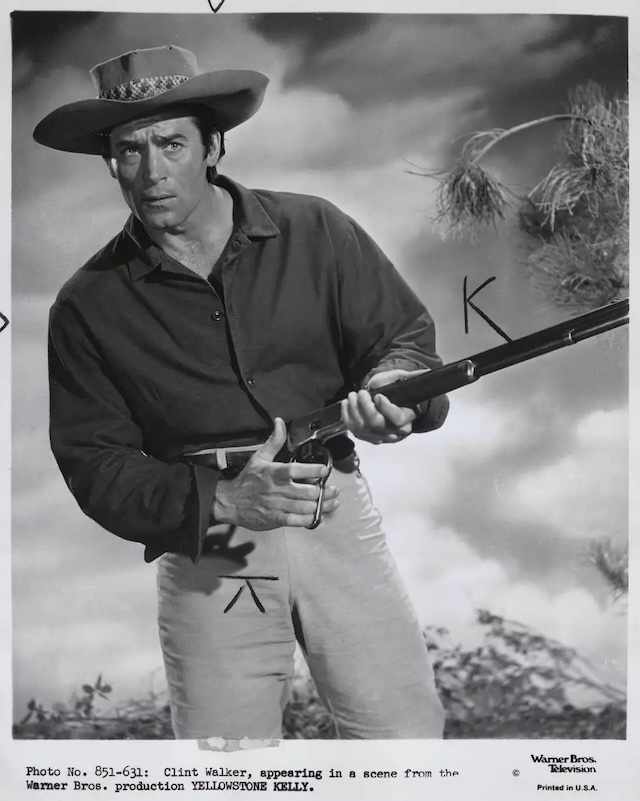
After resolving his contract issues, Walker continued to star in Cheyenne until the show ended in 1963. By then, Clint Walker had become a household name, synonymous with Westerns and the rugged cowboy archetype.

Walker’s Transition to Film: The Night of the Grizzly and Beyond
Following his success on television, Clint Walker transitioned to the big screen, where he found success in Western films. One of his most notable roles came in 1966 with the release of The Night of the Grizzly. In this film, Walker played Jim Cole, a former lawman who moves his family to Wyoming to start a new life as a rancher, only to face the deadly threat of a massive grizzly bear.
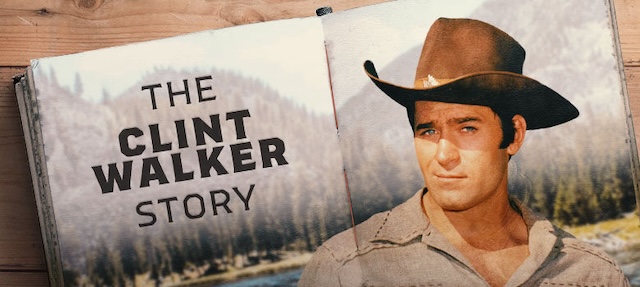
The Night of the Grizzly allowed Walker to showcase his rugged masculinity, and the film’s outdoor settings and thrilling action sequences were well-received by audiences. This role further solidified Walker’s status as one of Hollywood’s top Western stars.
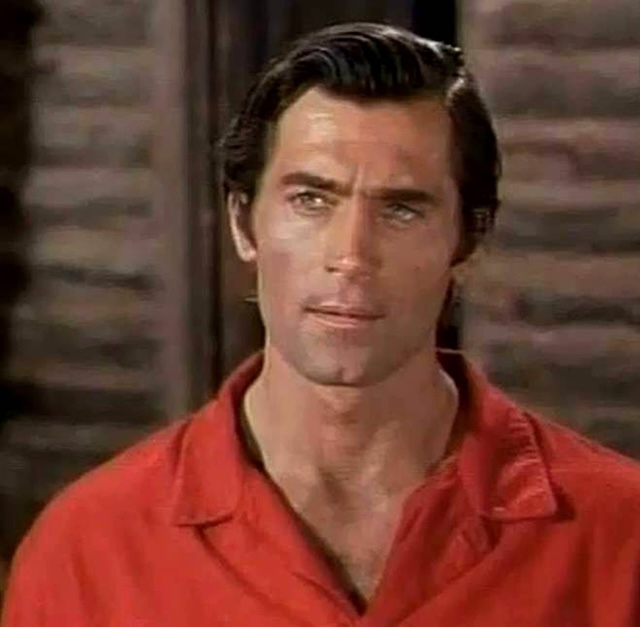
Another significant role came in The Dirty Dozen (1967), a World War II action film where Walker played Samson Posey, a convict recruited for a dangerous military mission. While not a Western, The Dirty Dozen demonstrated Walker’s versatility as an actor and his ability to step outside the cowboy mold. The film became a massive box office hit and remains one of the most beloved war films of its time.
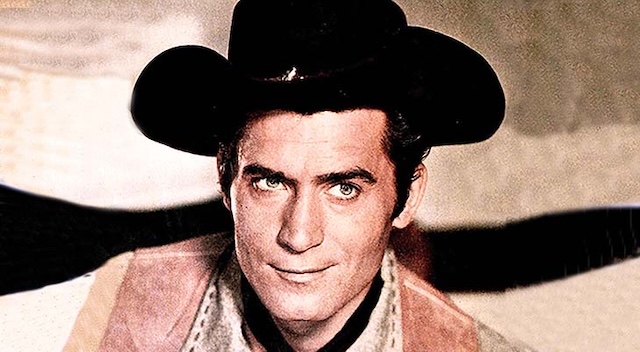
Other Iconic Roles and Career Highlights
Though Cheyenne remained his most iconic role, Clint Walker’s career was filled with a range of memorable performances in both television and film. Some of his other notable roles include:
- Fort Dobbs (1958): Walker starred as Gar Davis, a man on the run who helps a widow and her son survive an attack by Comanche warriors.
- Yellowstone Kelly (1959): In this Western, Walker played Luther “Yellowstone” Kelly, a scout and trapper who finds himself caught between two warring Native American tribes.
- Sam Whiskey (1969): A comedic Western where Walker played a gold miner alongside Burt Reynolds and Angie Dickinson.
- Yuma (1971): A made-for-TV Western where Walker played a U.S. Marshal dealing with lawlessness in a small Arizona town.
Walker’s versatility as an actor allowed him to take on a variety of roles, from rugged cowboys to action heroes. His ability to transition between television and film kept his career thriving well into the 1970s.
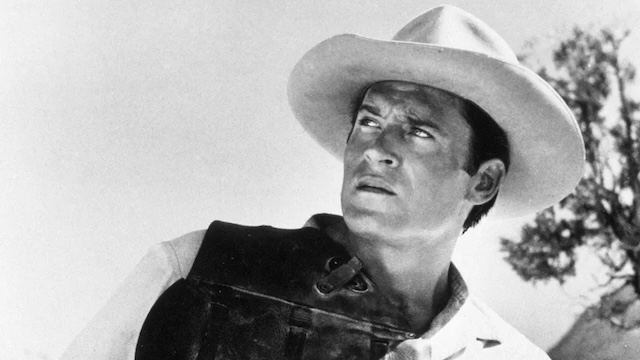
Walker’s Musical Talent and Singing Career
In addition to his acting talents, Clint Walker also explored a career in music. With a deep baritone voice, Walker recorded several country music albums during the 1960s. While not as successful as his acting career, his musical ventures showcased a different side of his artistic talents. He occasionally performed songs on television and during public appearances, endearing him even further to his fans.
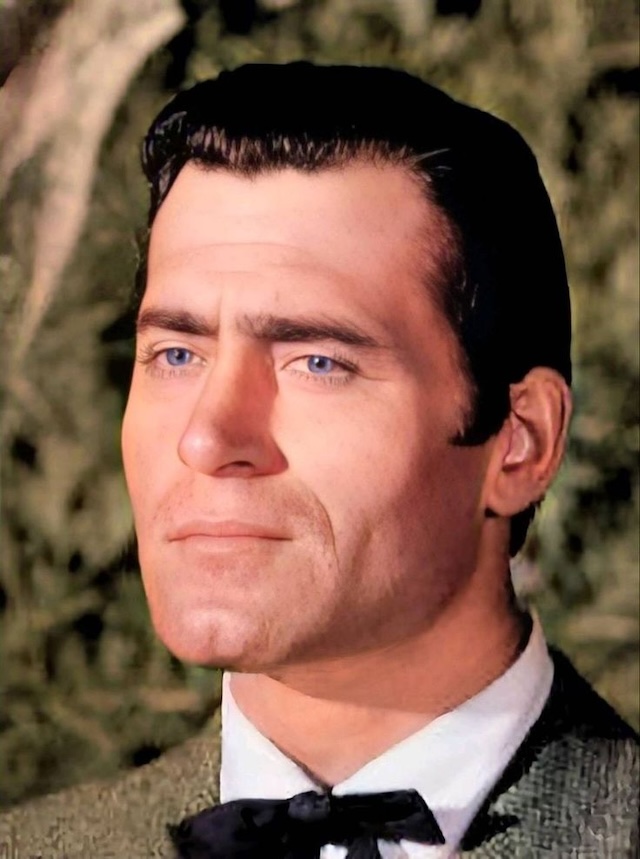
Walker’s interest in music extended to inspirational and religious songs, which he recorded for a specific fanbase. While his music career never reached the same heights as his acting, it demonstrated his versatility and his willingness to try new things.
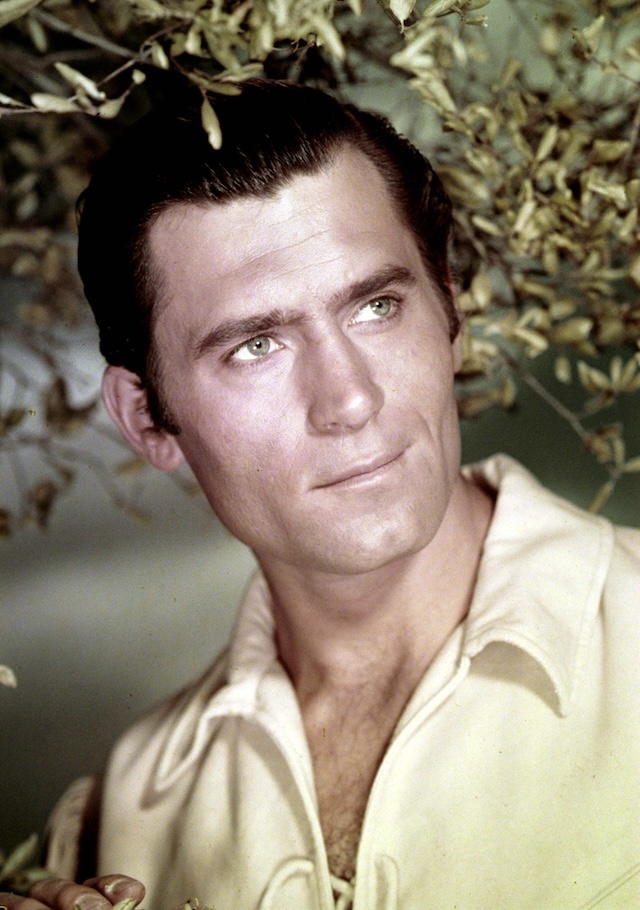
Walker’s Family Life and Personal Journey
Clint Walker married Verna Garver in 1948, and the couple had a daughter, Valerie, in 1950. Valerie went on to become one of the first female airline pilots, breaking barriers in a field traditionally dominated by men. Walker and Garver divorced in 1968, but he later remarried, expanding his family with stepchildren and grandchildren.
One of the most remarkable episodes of Walker’s life occurred in 1971 when he survived a near-fatal skiing accident at Mammoth Mountain in California. During the accident, a ski pole pierced his heart, and doctors initially pronounced him dead. Miraculously, another doctor detected faint signs of life and performed emergency surgery that saved Walker’s life. Walker made a full recovery and returned to work just two months later, cementing his status as a true survivor.
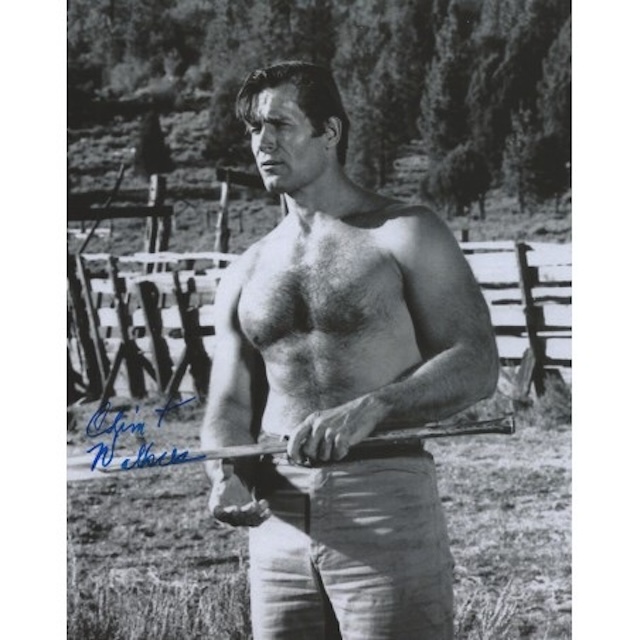
Walker’s Awards and Recognitions
Throughout his long career, Clint Walker received several prestigious awards for his contributions to the entertainment industry, particularly in the Western genre. In 1960, he was honored with a star on the Hollywood Walk of Fame. In 1997, he was awarded the Golden Boot Award, which recognizes excellence in Western films and television. In 2004, he was inducted into the Hall of Great Western Performers at the National Cowboy & Western Heritage Museum.
Walker’s legacy was further celebrated in 2017 when he was given a star medallion on the Texas Trail of Fame, honoring his contributions to Western culture.
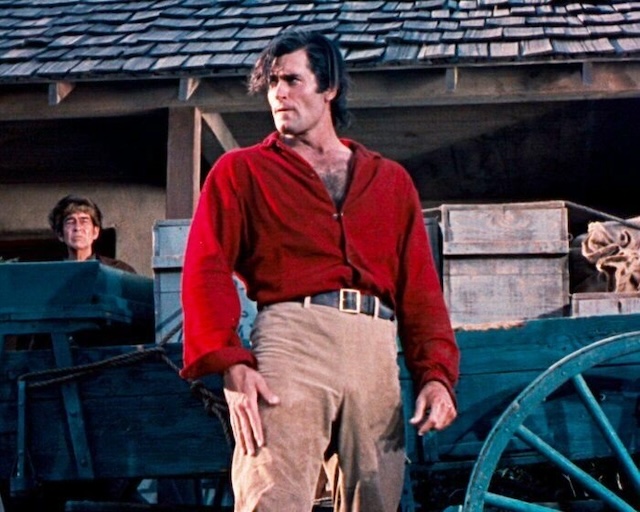
Extensive Filmography
Clint Walker’s extensive filmography includes numerous classic roles, many of which have left a lasting impact on the Western genre. Some of his key works include:
- Cheyenne (1955–1963): Cheyenne Bodie
- Fort Dobbs (1958): Gar Davis
- Yellowstone Kelly (1959): Luther “Yellowstone” Kelly
- The Dirty Dozen (1967): Samson Posey
- The Night of the Grizzly (1966): Jim Cole
- Yuma (1971): U.S. Marshal Dave Harmon
- The Gambler Returns (1991): Cheyenne Bodie
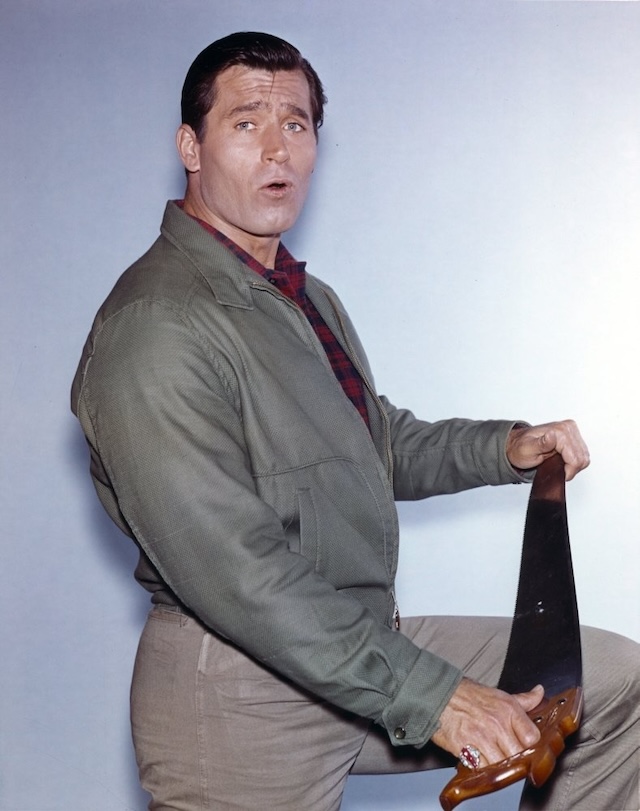
Closing Thoughts
Clint Walker’s legacy as one of the most iconic actors in Western television and film remains as strong today as ever. His portrayal of Cheyenne Bodie defined an era of television, and his performances in films like The Night of the Grizzly and The Dirty Dozen demonstrated his versatility as an actor.
Beyond his roles, Walker’s personal story of survival and resilience in the face of adversity only adds to his mythic status in Hollywood. His near-death experience in the 1971 skiing accident and his subsequent miraculous recovery became part of the lore surrounding his larger-than-life persona. Despite his towering physical presence, it was Walker’s down-to-earth nature, humility, and dedication to his craft that truly endeared him to fans.
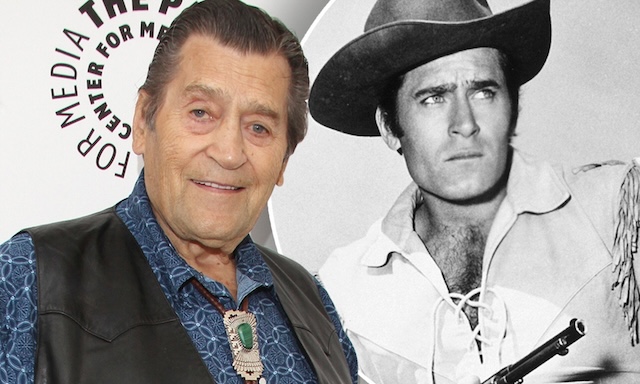
Clint Walker’s contributions to the Western genre helped shape not only the cowboy archetype but also the very landscape of American television and cinema during its golden age. His legacy as a Western hero, both on and off screen, remains timeless, and his influence continues to be felt in the world of entertainment today.
